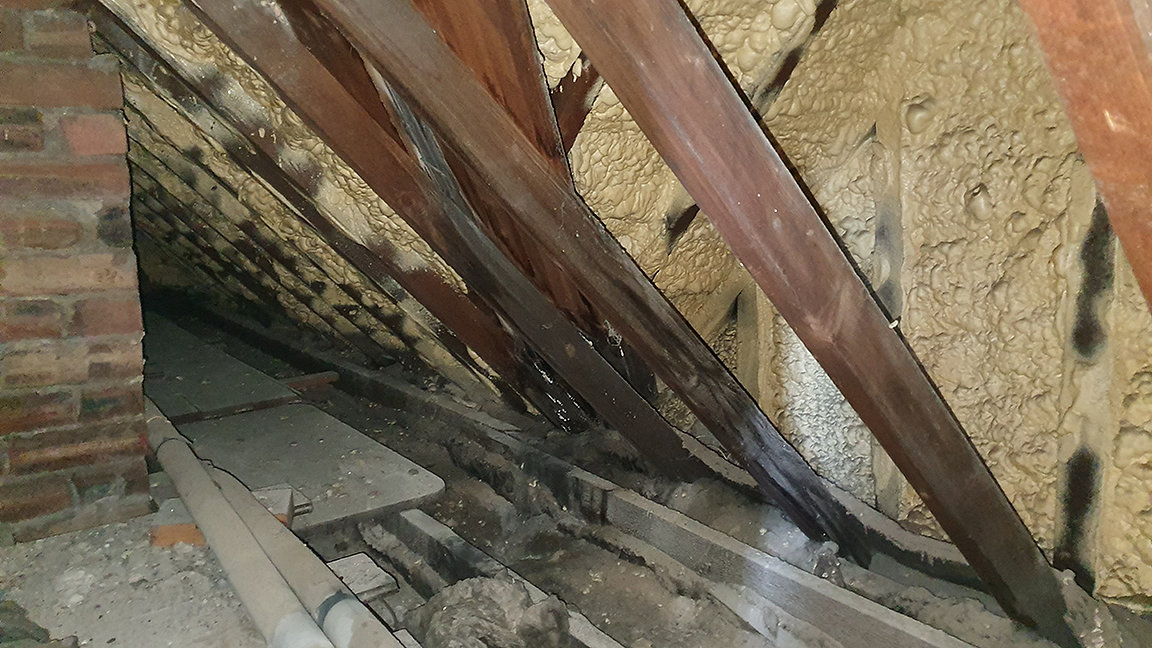
© Sam Piplica
RICS' spray foam insulation consumer guide provides clear, impartial advice for homeowners.
The guide covers what consumers should consider when installing spray foam roof insulation to reduce heat loss in the home to try and reduce carbon emissions and energy bills.
Advice includes a basic overview of roof types, and the principles of air and moisture vapour movement inside a building. It is not a technical guide for surveyors.
Expert input advised for consumers
The guide sets out to educate consumers on what to do and what not to do when considering retrofitting properties, and how such alterations might affect building performance and value.
It strongly advises technical due diligence is carried out ahead of any alteration to a property, and for consumers to consider using an expert, such as an RICS member who is independent from the installer and manufacturer, for this process.
Specific reference is made to listed buildings and other protected structures because of the serious consequences of unapproved alterations. Spray foam roof insulation must not be installed in such buildings or structures without prior consent.
Removing ceiling-level insulation and replacing it with spray foam at roof level will fundamentally affect the way a property performs and requires careful design and consideration.
Moreover, as National Trading Standards has observed, vulnerable, elderly people have been targeted by some spray-foam roof insulation installers. Anyone looking to install spray foam roof insulation should instead first seek independent advice on what retrofit insulation will make a property more energy efficient. Heating a large roof void in a dwelling that was previously cold and ventilated will increase the cost of energy use. This is what will happen when the existing insulation is removed from the ceiling level and spray foam is applied at roof level.
Consumers are sometimes drawn in by cold calls and doorstep sellers who do not fulfil their promises of energy efficiency and professional installation. The consumer guide provides clear diagrams, pictures and a decision tree so they can make better-informed choices.

